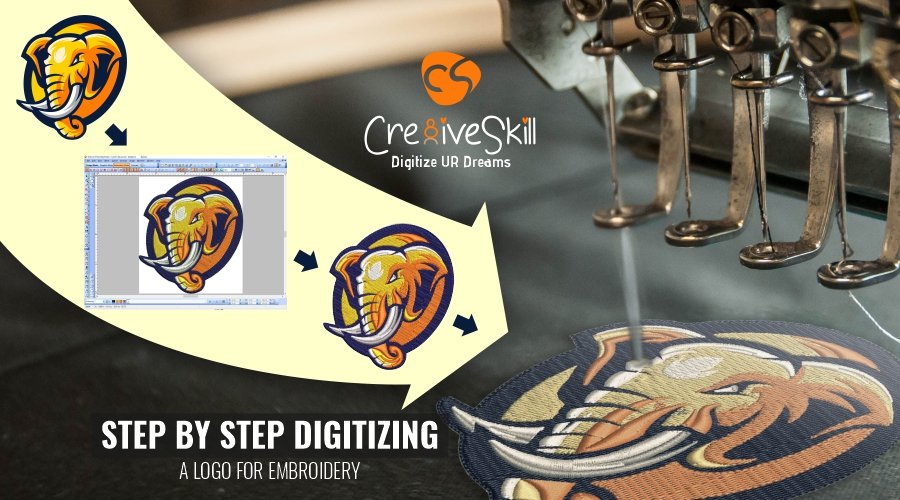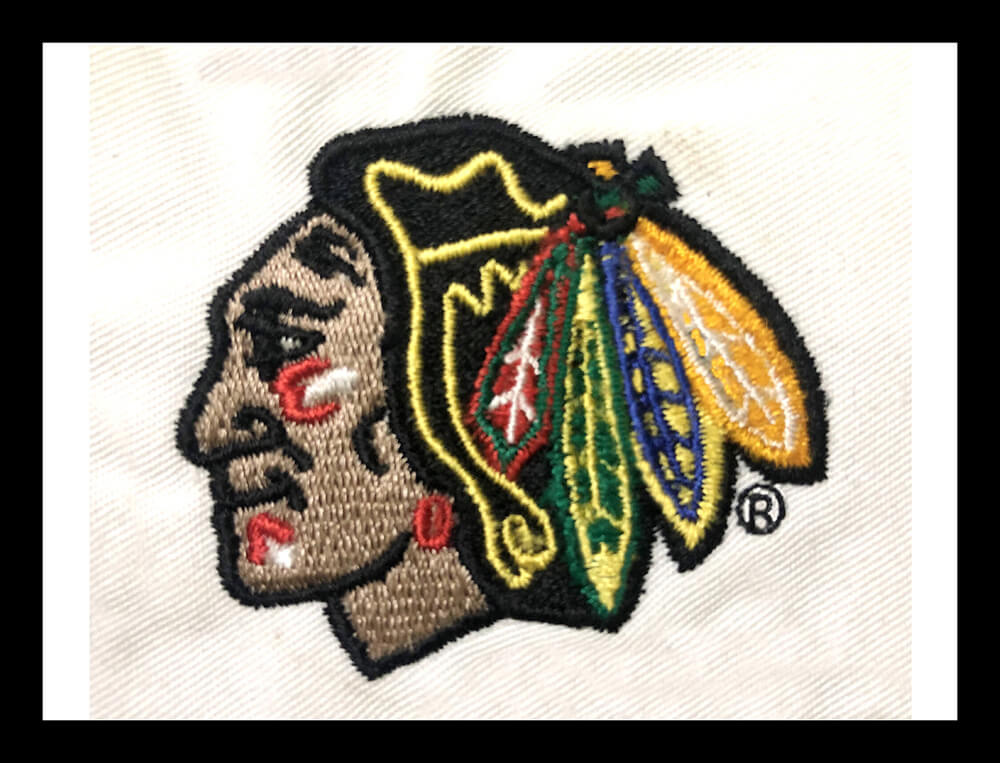Grasping the Needlework Digitizing Process: Your Ultimate Overview
Needlework digitizing is a precise craft that needs accuracy and know-how to convert elaborate styles right into digital formats for maker needlework. As craftsmens embark on this journey to understand the needlework digitizing process, a thorough understanding of the basics sets the foundation for quality. Past the simple expertise lies a realm of advanced software, specialized tools, and nuanced methods waiting to be explored. By delving into the subtleties of digitizing, one can open a world of innovative opportunities and boost their embroidery jobs to brand-new heights.

Understanding Embroidery Digitizing Basics
Embroidery digitizing fundamentals develop the structure whereupon intricate designs are translated into machine-readable styles for exact sewing. This first action in the needlework digitizing process is vital for making certain that the final stitched item is a loyal depiction of the initial layout. Recognizing needlework digitizing basics involves understanding vital ideas such as stitch types, sew instructions, density, underlay, and draw settlement.
Sew kinds play an essential duty in establishing the visual and textural result of the embroidered layout. By picking the proper stitch type, whether it be satin, fill, or running stitch, digitizers can achieve the desired result and improve the general quality of the needlework. Furthermore, stitch instructions affects the flow and measurement of the style, while density establishes the spacing and insurance coverage of the stitches.
Moreover, underlay sewing supplies stability to the layout by protecting the fabric and protecting against distortion throughout the embroidery procedure. Pull compensation is an additional necessary consideration to combat the all-natural tendency of textile to contract when sewn. Mastering these needlework digitizing basics is basic for producing professional-quality embroidered items.
Selecting the Right Digitizing Software Program
Selecting the suitable digitizing software program is a vital choice that significantly affects the performance and top quality of the embroidery digitizing process. Digitizing for Embroidery. When selecting the ideal digitizing software, it is vital to take into consideration factors such as the complexity of designs you intend to develop, the user-friendliness of the software, the level of client assistance supplied, and the compatibility with your embroidery maker
There are numerous digitizing software options offered in the market, ranging from fundamental programs for newbies to advanced software application for professional digitizers. Some prominent options include Wilcom EmbroideryStudio, Hatch Embroidery Software Program, and PulseID. These software use a large range of tools and features to assist go to these guys you produce complex styles with ease.
Before choosing, it is advisable to discover the various software application choices through free tests or demonstrations to identify which one best matches your demands. Furthermore, reading reviews and looking for hop over to here suggestions from experienced digitizers can provide valuable understandings into the toughness and weak points of each software application plan (Digitizing for Embroidery). By meticulously examining your requirements and contrasting the functions of different digitizing software program, you can make an educated choice that boosts your embroidery digitizing operations
Digitizing Devices and Techniques

Optimizing Design Settings for Embroidery
Grasping the ins and outs of style settings is essential in accomplishing ideal cause the embroidery digitizing process, building upon the foundation laid by understanding digitizing tools and strategies. When maximizing layout setups for needlework, it is vital to think about aspects such as stitch type, density, underlay, pull compensation, and enrollment. Sew type selection impacts the general feel and look of the style, with choices like satin, fill, and running stitches providing different official statement appearances and results. Density refers to the spacing and density of stitches, impacting the style's coverage and resilience. Appropriate underlay sewing supplies stability and prevents textile distortion, particularly for complex layouts or on elastic materials. Draw payment adjusts for material stretch during sewing, making sure precise layout duplication. Registration setups line up different components of the layout precisely, keeping general design honesty. By fine-tuning these style settings, embroiderers can improve the quality and precision of their stitched developments.

Troubleshooting Common Digitizing Issues
When coming across usual digitizing issues throughout the embroidery process, it is necessary to comprehend the source and carry out reliable solutions immediately. One usual problem is stitch thickness concerns, where stitches may be as well thick, causing the material to tighten, or too sparse, causing voids in the design. Changing the stitch thickness setups in the digitizing software application can assist settle this issue.
Another regular obstacle is thread breaks during the needlework procedure. This can take place due to various reasons such as inaccurate stress setups, plain needles, or using low-quality thread. Guaranteeing correct upkeep of the needlework machine, including regular needle changes and tension modifications, can lessen the event of thread breaks.
Moreover, style registration errors can lead to misaligned components within the needlework layout. Examining the layout placement in the digitizing software program and making necessary adjustments before sewing can aid in preventing this concern. By resolving these usual digitizing concerns without delay and properly, you can ensure a smoother needlework procedure and top notch ended up items.
Final Thought
Finally, understanding the needlework digitizing procedure calls for a strong understanding of the fundamentals, the ideal choice of software, and knowledge of devices and strategies. Enhancing style settings and troubleshooting usual digitizing concerns are critical action in guaranteeing top quality embroidery outcomes. By adhering to these steps diligently, one can attain accuracy and effectiveness in the digitizing process.
Comments on “Comprehensive Digitizing for Embroidery: From Layout to Sew”